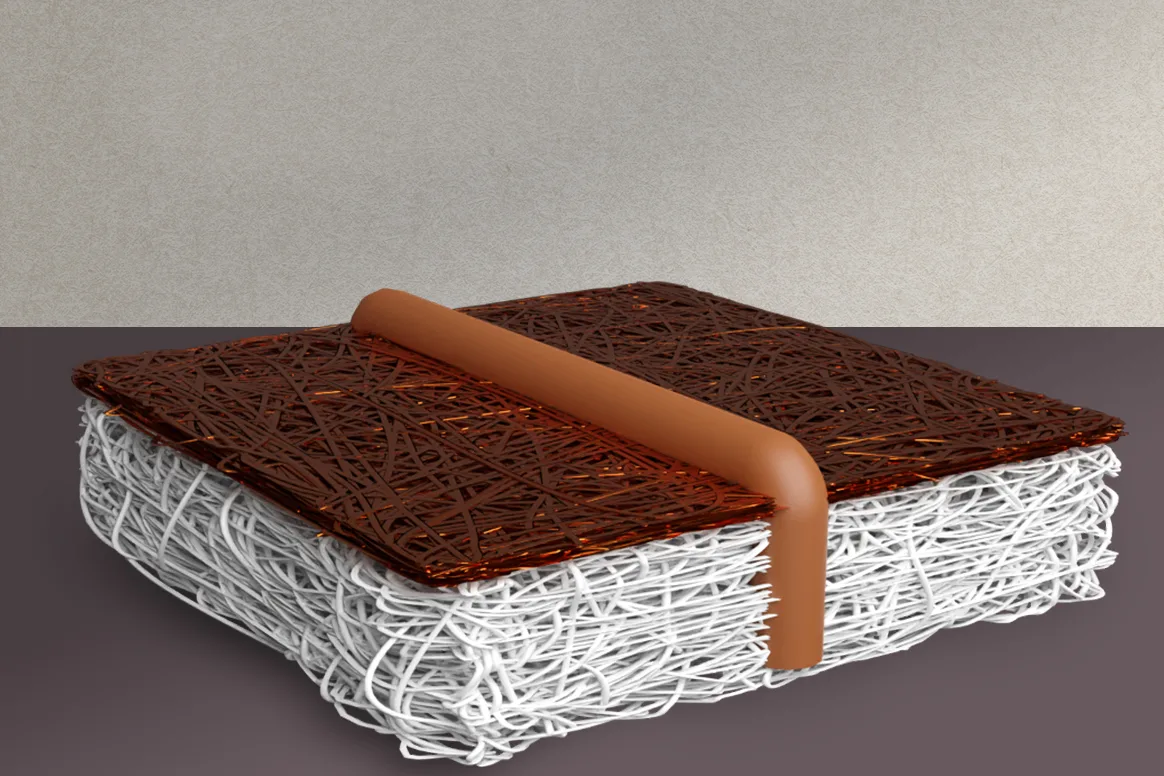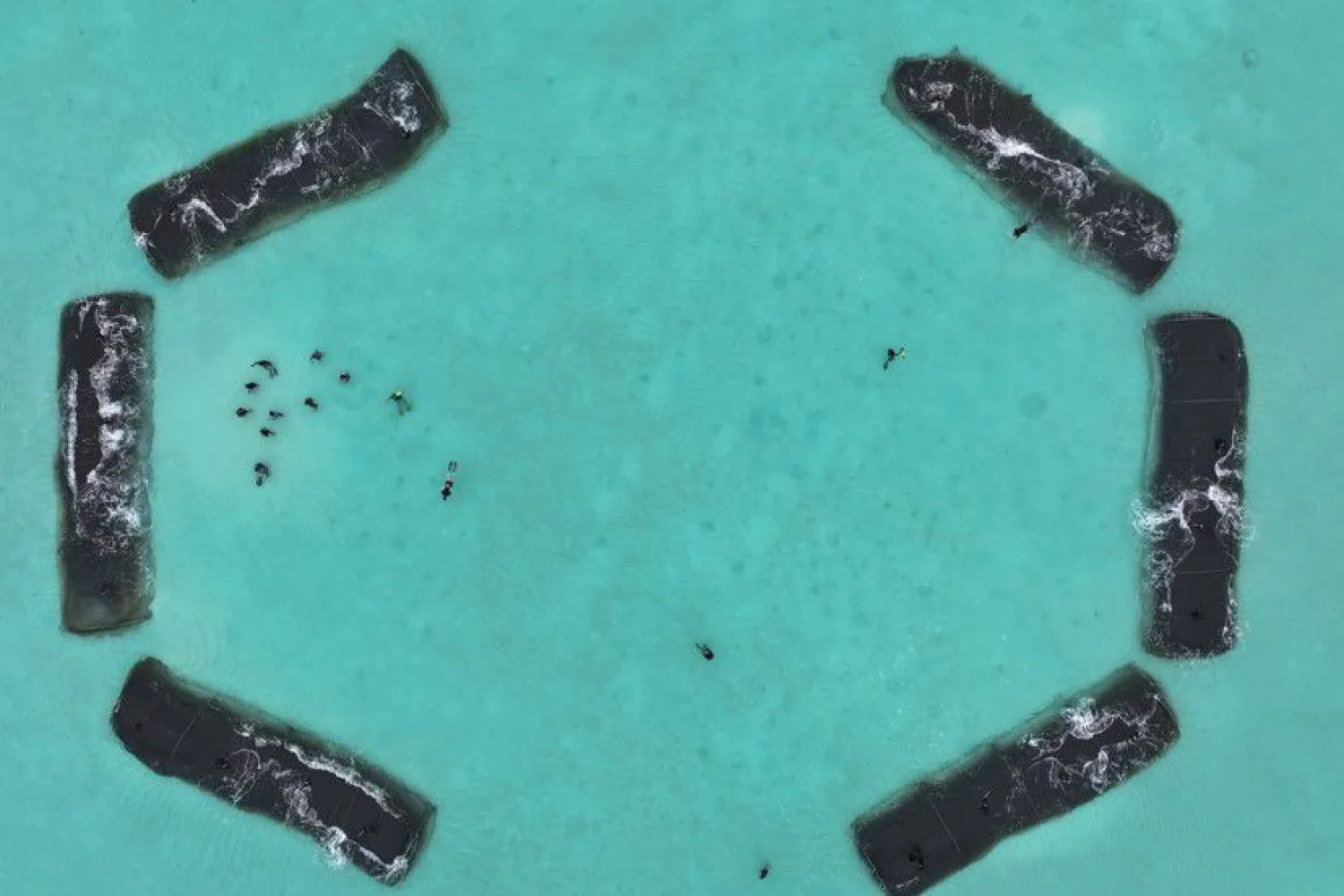As global efforts intensify to mitigate greenhouse gas emissions, researchers are actively exploring cost-effective methods to capture carbon dioxide (CO2) and transform it into valuable products, including fuels, chemical precursors, and even construction materials. However, achieving economic viability in such initiatives has been challenging.
A groundbreaking study by engineers at MIT promises to accelerate progress in various electrochemical systems aimed at converting CO2 into commercially viable commodities. The team has unveiled an innovative design for the electrodes used in these systems, significantly enhancing the efficiency of the conversion process.
The findings of this research, led by MIT doctoral student Simon Rufer and professor of mechanical engineering Kripa Varanasi, along with other collaborators, are published in the journal Nature Communications.
“The challenge of CO2 reduction is one of the most pressing issues of our time,” Varanasi notes. “It’s crucial to develop effective methods for removing CO2, whether from emission sources like power plants or directly from the atmosphere and oceans. Once captured, we must ensure that the CO2 is put to productive use.”
Various systems exist for converting captured CO2 into valuable chemical products, Varanasi explains. “The technology is within reach; the real question is how we can enhance its efficiency and cost-effectiveness.”
This new study zeroes in on the electrochemical conversion of CO2 into ethylene, a critical chemical for manufacturing plastics and fuels, which is traditionally derived from petroleum. However, the method can also be adapted for creating other high-value chemicals like methane, methanol, and carbon monoxide.
Currently, ethylene is priced at approximately $1,000 per ton. The objective is to develop a conversion process that is not only competitive but also economically advantageous. The electrochemical conversion employs a water-based solution and a catalyst, functioning within a device known as a gas diffusion electrode.
The performance of gas diffusion electrode materials is influenced by two conflicting attributes: they must be excellent electrical conductors to minimize resistance heating, yet also exhibit hydrophobic properties to prevent the water-based solution from interfering with the necessary reactions at the electrode surface.
This presents a challenging trade-off: enhancing conductivity tends to reduce hydrophobicity, and vice versa. Rufer and Varanasi embarked on a quest to find a solution that could reconcile these competing needs, ultimately achieving their goal after extensive research.
Their innovative approach combines the hydrophobic qualities of PTFE (commonly known as Teflon) with enhanced conductivity. While PTFE is effective at repelling water, it lacks conductivity, causing electrons to travel through a thin catalyst layer, resulting in considerable voltage drops. To address this, the researchers integrated conductive copper wires throughout the PTFE material.
“This work effectively solves the challenge of achieving both conductivity and hydrophobicity,” asserts Varanasi.
To validate their findings, the researchers conducted tests on larger samples, significantly scaling up from typical lab sizes, which are usually less than 1 inch (2.5 cm). They produced a sheet ten times larger and demonstrated its efficient performance.
Essential to their success was a series of meticulous tests that analyzed the correlation between electrode size and conductivity under consistent conditions, revealing that conductivity significantly diminished as the size increased, resulting in higher energy requirements and costs.
“This outcome was anticipated, yet it was an aspect that had not been thoroughly investigated before,” Rufer explains. They also noted that larger electrodes produced more unwanted chemical byproducts in addition to ethylene, complicating the process.
To ensure practicality for real-world industrial applications, where electrodes could be hundreds of times larger than lab samples, the incorporation of conductive wires is essential. They also developed a model to capture spatial variations in voltage and product distribution across electrodes, stemming from ohmic losses, enabling them to determine optimal wire spacing to counteract conductivity decline.
By integrating copper wire into the material, the researchers segmented it into smaller sections, each functioning as an effective mini-electrode. “This allows us to harness the benefits of small electrode operations,” Rufer states. “The copper wires serve as superhighways for electron flow, bridging areas where resistance is greater due to material confinement.”
To prove the durability of their system, the team successfully ran a testing electrode continuously for 75 hours, showing minimal performance decline. Overall, Rufer emphasizes that, “This is the first PTFE-based electrode to extend beyond the lab scale of 5 centimeters, achieving a more significant scale without compromising efficiency.”
The seamless integration of their wire-weaving process into existing manufacturing methods, including large-scale roll-to-roll production, adds to the practicality of their approach.
“What sets our approach apart is its independence from the catalyst being used,” Rufer adds. “This means our technique can enhance any gas diffusion electrode regardless of its catalyst’s composition or structure.”
“Going forward, we need systems capable of processing gigatons of CO2 annually to tackle the emissions crisis. Our solutions must be scalable,” Varanasi concludes. “This structured conductive electrode design exemplifies such innovative thinking.”
The research team included MIT graduate students Michael Nitzsche and Sanjay Garimella, along with Jack Lake, PhD ’23. The research received funding and support from Shell, as part of the MIT Energy Initiative.
Photo credit & article inspired by: Massachusetts Institute of Technology



